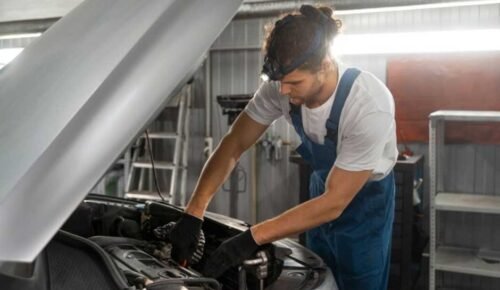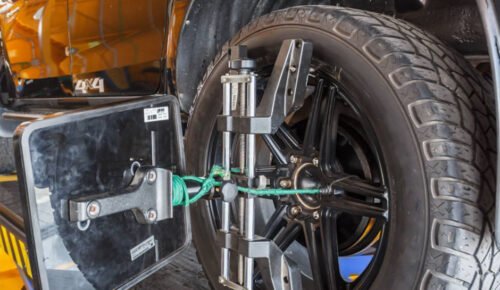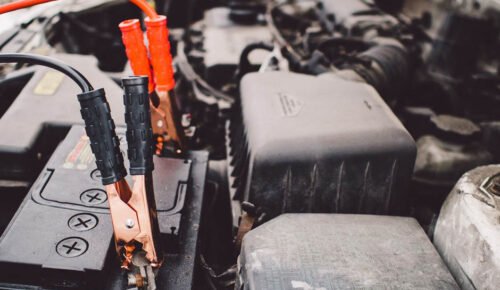Why Fresh Air Matters in Diesel Engines
Cold, dense air is diesel fuel’s perfect partner. More oxygen per cubic foot means more complete combustion, harder-working cylinders, and fewer unburnt leftovers fouling your internals. Volumetric efficiency hinges on how well the intake system can capitalize on pressure differentials created by the pistons. Starve that hunger with thin, warm, or dirty air and you lose power, increase EGTs, and accelerate wear. Anyone serious about squeezing performance from a diesel knows airflow is the first battlefield.
High-Flow Cold Air Intakes vs OEM Assemblies
OEM intakes are designed with cost, noise, and emissions compliance in mind. That means restrictive tubing diameters, indifferent filter media, and layouts that invite hot underhood air to dilute the charge. A properly designed high-flow intake moves more cubic feet per minute, slashes intake air temps, and can deliver measurable torque bumps where diesels live most of their working life. Against stock assemblies, an engineered cold air setup feels less like an upgrade and more like breathing with both lungs again.
Engineering Deep Dive into Filter Media and Inlet Geometry
Filter choice is a balance. Synthetic media resists moisture and holds fine particles well, cotton offers high flow potential but relies on correct oiling, and foam can excel in dusty environments with proper maintenance. Pleat count dictates surface area and resistance. A tall pleat with consistent spacing keeps airflow stable. Media thickness matters for dirt-holding without turning the filter into a choke point. Inlet geometry, especially bell-shaped entries, is about coaxing turbulent air back into laminar flow and regaining pressure before it reaches the turbo. Trust only those designs validated by hard numbers from ISO 5011 testing.
Spotlight on S&B Intake Solutions
S&B takes the airflow equation seriously. Their multi-layer cotton-gauze element integrates a specific weave designed to catch microscopic debris without killing CFM. Large-diameter, mandrel-bent tubes eliminate internal ridges that drag the flow. Weiss filtration tech offers consistent performance deep into service intervals. Their enclosures use advanced heat shielding and precise seals to block underhood temps, keeping charge air density up even in punishing stop-and-go or towing conditions. Every assembly is CAD-modeled for exact fitment, avoiding the clumsy compromises of universal kits.
Quantifying Gains: Dyno Results and Real-World Drives
Real dyno pulls on workhorse diesels show repeatable gains in the +15 to +25 horsepower range along with torque climbing in the midrange where it actually helps haul or tow. Intake air temperature drops can be enough to reduce heat soak lag after idling under load. Some drivers report small but noticeable improvements in fuel mapping efficiency when pulling grades or cruising under partial throttle. Veteran installers point out the sharper throttle response and quicker spool are as compelling as the top-end numbers.
Tips for Fast, Accurate Installation
Preparation is everything. Clear the workspace, pull the battery negative to protect sensors, and know where every fastener sits before you start. Check gaskets for pliability before sealing. Apply thread locker strategically so brackets survive road vibration intact. Keep sensor connectors labeled and routed naturally to avoid strain. Misrouted breather hoses or clamps cranked to deformation will undo the very gains you paid for.
Maintaining Peak Airflow: Cleaning Best Practices
Service frequency varies by terrain. In dusty farm roads or off-road park runs, clean sooner than the factory’s conservative schedule. Stick to low-pressure water, dedicated cleaning solution, and patient drying time. Re-oil cotton filters with a measured, even coating to avoid fouling the MAF. Any tear, warped seal, or excessive oil film deserves immediate attention since airflow consistency is as important as total volume.
Matching an Intake to Your Usage Profile
Select an intake with your real needs in mind. Heavy towing benefits from maximum filter area and robust heat shielding. Off-road rigs need superior dust management even if it trims a bit of peak CFM. Daily drivers might prefer a quieter setup with balanced flow and filtration. Pay attention to the tradeoffs between sound, filtration efficiency, and price, and avoid chasing dyno bragging rights that don’t materialize in your workload.
A Fresh Take on Air Supply for Lasting Performance
Upgrading to a proven cold air intake means higher airflow, cooler intake charge, and the kind of sustained performance that survives heat, load, and mileage. For a precision-engineered example, look at the s&b cold air intake. Choose right, maintain it well, and your diesel will run stronger and cleaner far into the future.








